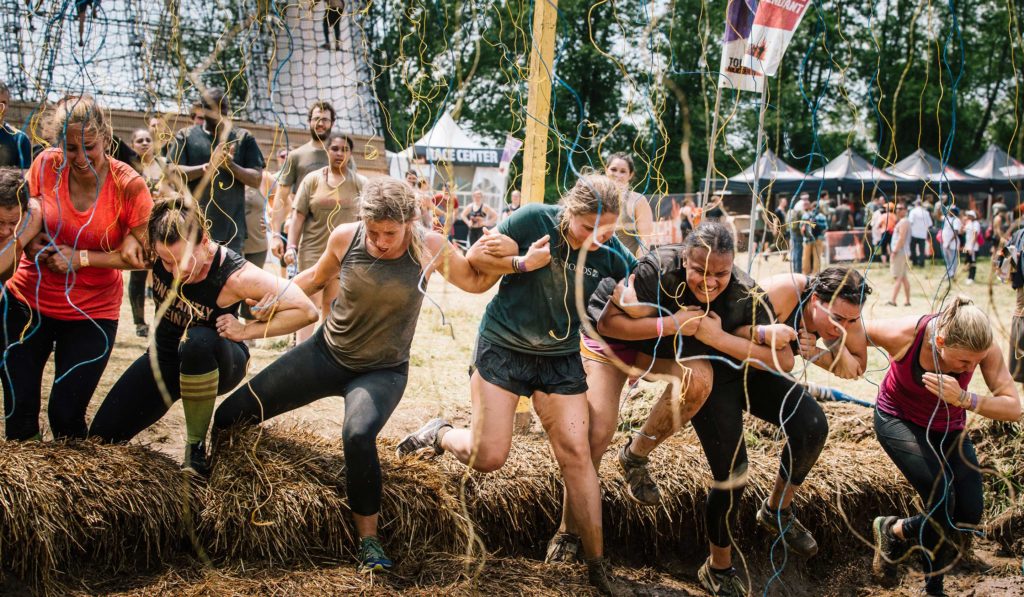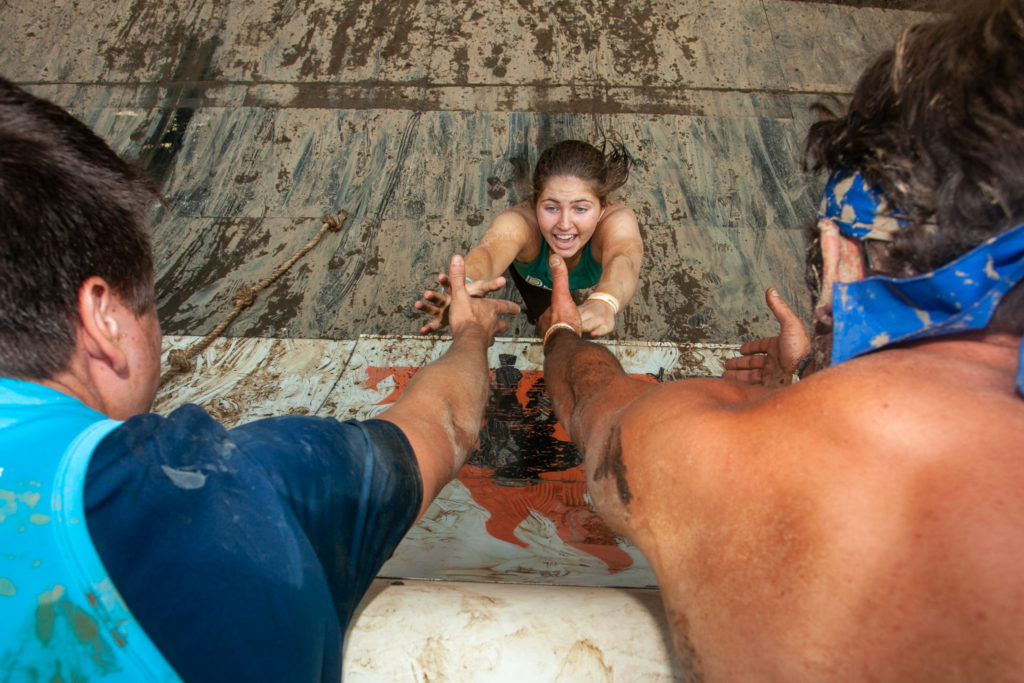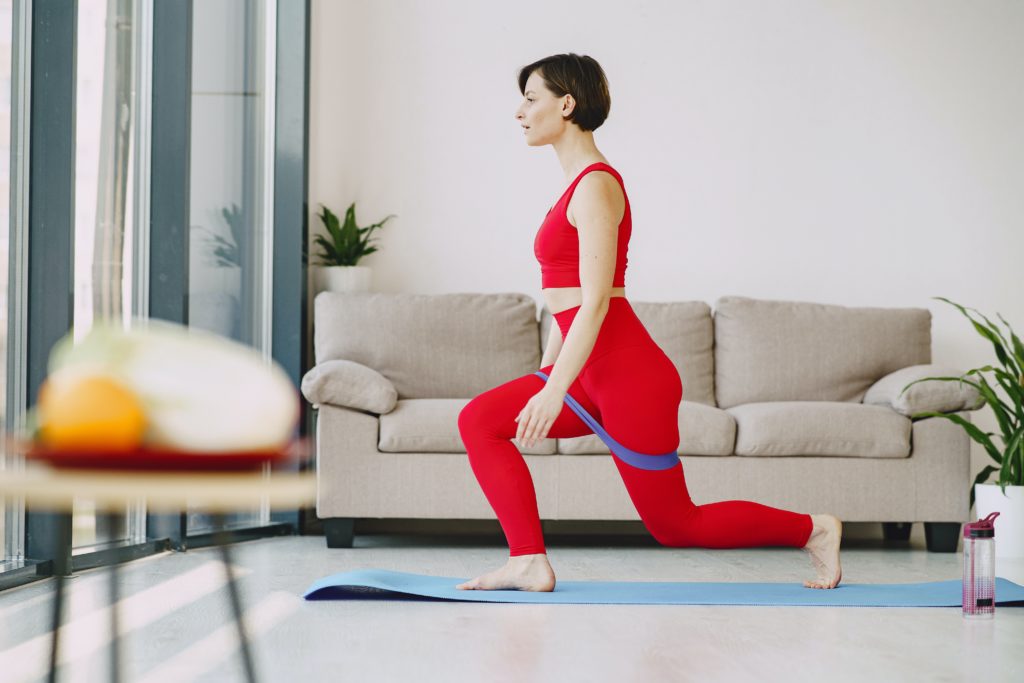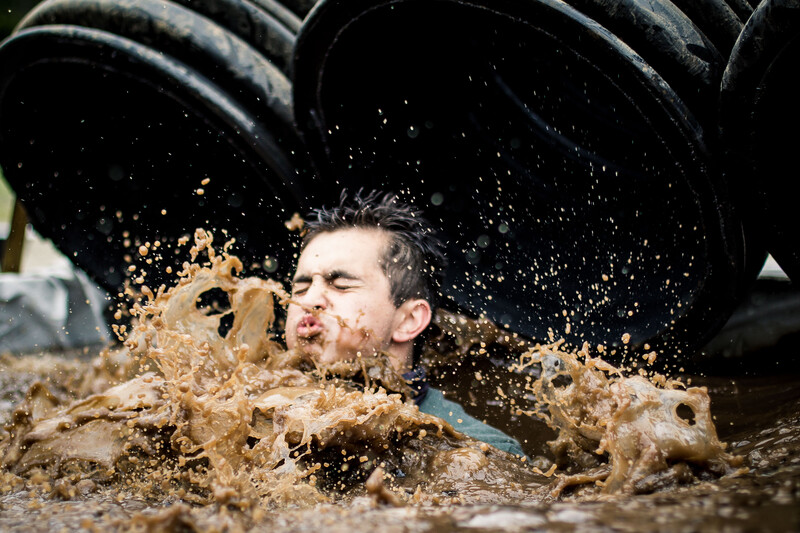Does your approach to health and fitness need a booster shot? Using one or more of the following 13 tips may just do the trick. 13 is a magic number after all…
1. Reset your body
According to author and strength expert Tim Anderson, being an adult doesn’t have to mean losing the capacity for movement we have in our youth.
Even if, over time, our bodies have stagnated because of sitting, poor posture, and slumping while we stare into a smartphone, we haven’t necessarily lost the balance, coordination, and springiness we had as kids.
The good news is that we can “reset” the body by firing up brain-body connections. This comes down to activating the same internal learning mechanisms that propelled us from crawling to walking to running to jumping and dancing — what Anderson calls original strength. How? Watch a small child and follow their lead: perform crawls, neck rolls and cross-body exercises like all-direction lunges.
If you were to add one reset move to your daily routine, cross crawls would be a good choice. To perform a cross crawl, start in a standing position. Move your right elbow across your body while raising your left knee upward. Touch the elbow to the knee, return, then cross the left elbow to the right knee.
2. Fight stress
An entire section of the book Fat Loss Happens on Monday talks about how unrelenting stress will undercut your health and amount of body fat you carry.
If you are dogged by worry and stress from being overwhelmed with chores, or worrying about things beyond your control, the fight-or-flight hormones will eat you alive. As the authors of the book frame it, “In a one-minute tiger attack, adrenaline and cortisol will save your life. In day-to-day, 24/7 stress, adrenaline and cortisol will make you fat.”
Beat back stress through exercise, deep breathing, cutting back on the news, and keeping a positive frame of mind the best you can.
3. Get up out of that chair
Dr. Joan Vernikos is former Director of Life Sciences at NASA and a globally-renowned researcher specialising in the relationship between gravity and ageing. What does she have to say about living healthier and longer?
Interacting with gravity is a really good thing, she says, when it comes to both lifespan and health span. In fact, the basic act of standing up is a more potent force for health than replacing long periods of sitting with long periods of standing.
The takeaway: if your job has you sitting for long periods of time, make it a habit to stand up and stretch at least once every half hour.
4. Focus on the real victory
You set goals and work toward achieving them. Sometimes you nail them, other times you don’t.
What’s the secret to true success? According to the late, legendary basketball coach John Wooden, it’s not the outcome that matters. Whether you achieve the goal or not, it’s the effort that matters. “Success is peace of mind, which is a direct result of self-satisfaction in knowing you did your best to become the best that you are capable of becoming.”

5. Barefoot running: the bare minimum
Marathon great Meb Keflezighi isn’t a fan of running barefoot on the pavement. Although he loves being barefoot and “chasing my daughters in at the beach or in the park”, he frowns on barefoot running on the roads.
That said, Keflezighi says that performing your running form drills in a safe, grassy field is not only enjoyable but also helps strengthen the muscles of your feet and lower legs in unique ways that will protect you from injury.
6. Wear compression tights
There’s plenty of research to support the idea that compression socks, sleeves, and tights enhance muscle recovery. A 2019 study indicated that this benefit is pronounced when it comes to recovering from a high-intensity workout.
The nice thing about compression wear is that you can put it on and go about your day. It’s not like trying to cram another workout into an overwrought schedule.
You can wear compression tights under suit pants, or your trackies given our current working from home situations. So while you’re stuck sitting in a big meeting you’ll be training — enhancing recovery by squeezing more improvement from your morning run or strength workout.
7. One more rep
Want more payoff from your exercise routines?
Once a week or so, take the “one more rep” challenge. While you’re doing push-ups, for example, and you are finishing a set, get in at least one more rep. Or more. Go beyond. You’ll get a better workout and also give your mental toughness a boost.
8. Put Pen to Paper
One magical way to take a break from the restless world of social media, emails, texts, Slack, etc., is to get some distance away from computers. Get out a piece of paper and a pen, and enjoy writing a letter to a friend.
Not only is it a break from buzzing and beeping electronics, your friend is going to open up the mailbox one day and be blown away.
9. Collagen vitamin c
To strengthen your Achilles tendons, consider gulping down a drink with gelatin supplement and Vitamin C one hour before your workout. Researchers found that 15 grams of gelatine, combined with Vitamin C, “improves collagen synthesis and could play a beneficial role in injury prevention and tissue repair.”

10. Tap into the best motivation
A revealing Harvard study showed that most managers had little to no idea about how to effectively motivate workers. The big ticket when it comes to motivation is this: progress.
“When workers sense they’re making headway, their drive to succeed is at its peak.”
The same applies when it comes to going after a personal goal. By figuring out a way to measure your progress, you can see time and effort being churned into improvement.
Charting your small gains with hard info will open up a bottomless well of motivation.
11. Stretch your hip flexors
Don’t let modern life steal away power in your hips you can use to help you walk, run, jump, and lift things.
According to physical therapist and Ready to Run author Kelly Starrett, stretching out your hip flexors can help both with restoring your ideal movement patterns as well as take injury inducing pressure off of your knees.
12. Frequent the sauna
Dan Gable, a legend in the world of wrestling both as a 1972 Olympic gold medallist and record setting coach, has long said that routine sauna baths were his secret to recovering faster from training — a secret he leveraged going back to the 1960s.
More recent science has explained why saunas bring about restorative health, helping athletes of all levels recover faster and more full from their workouts.
13. Catch some rays to increase strength
Adequate Vitamin D is most often thought about when it comes to building strong bones. Vitamin D is more than just a vitamin — it should also be thought of as a powerful hormone. For athletes, studies also suggest that Vitamin D has an important role in building strength.
On the health and wellness front, being deficient in Vitamin D accelerates aging.
Daily exposure to sunshine is the antidote. If you live in a climate where sunshine is tough to get, be sure to get your Vitamin D through the right foods (namely fatty fish) and supplements.
Feeling powered up and ready to take on a challenge? Grab your spot at a Tough Mudder event today.




